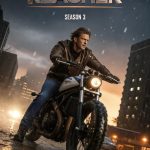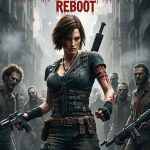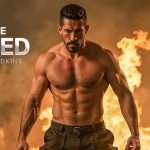Once Upon a Time in the West (1968)
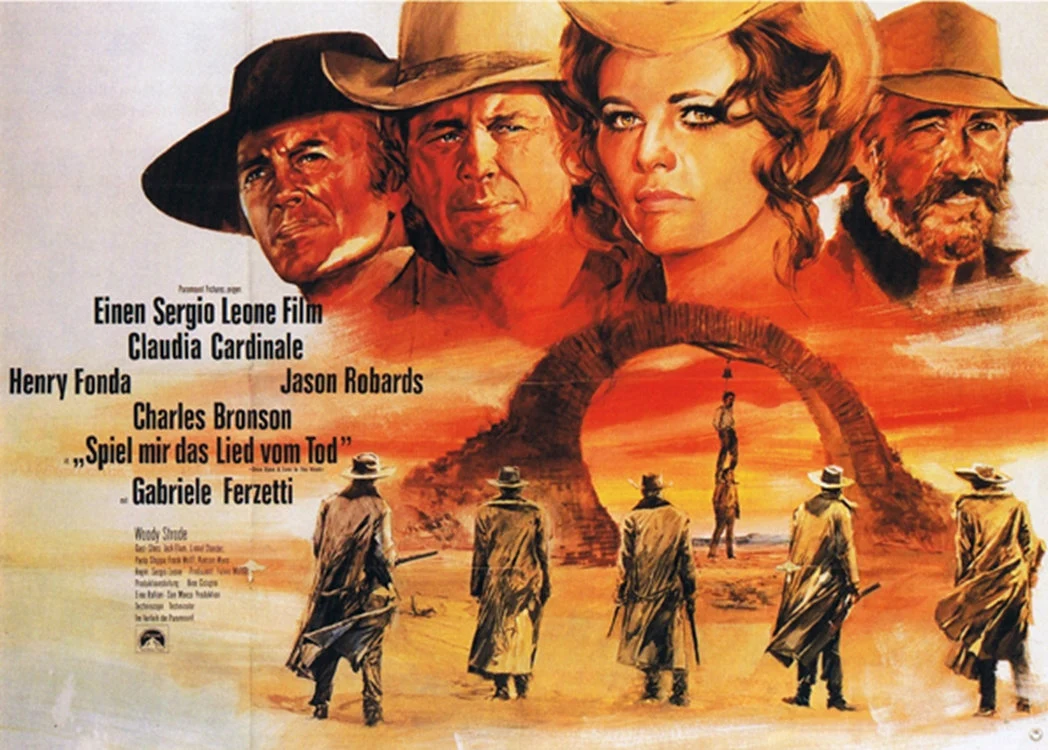
Regarded as one of the finest films ever made in the western genre, Once Upon a Time in the West (1968), directed by the legendary Sergio Leone, stands as an epic meditation on revenge, morality, and the sweeping changes of the American frontier. A film that is both visually stunning and thematically complex, it takes the traditional elements of the western and subverts them with a unique blend of grandeur, brutality, and silence. With a haunting score by Ennio Morricone and a cast that includes some of the genre’s most iconic actors, Once Upon a Time in the West is as much a work of art as it is a thrilling ride through the rugged landscapes of the old West.
The Story
The film opens with a simple, yet eerie, sequence that sets the tone for the entire film: three gunslingers waiting for a train at a dusty, abandoned station, leading to a bloody confrontation that introduces the audience to the film’s central theme of violent retribution. The plot revolves around a mysterious woman, Jill McBain (Claudia Cardinale), who is left widowed after her husband is murdered by a group of outlaws led by the menacing Frank (Henry Fonda), a notorious gunman with a ruthless reputation. As Jill tries to rebuild her life, she becomes entangled with a mysterious and stoic drifter known as Harmonica (Charles Bronson), who has his own dark and personal reasons for pursuing Frank.
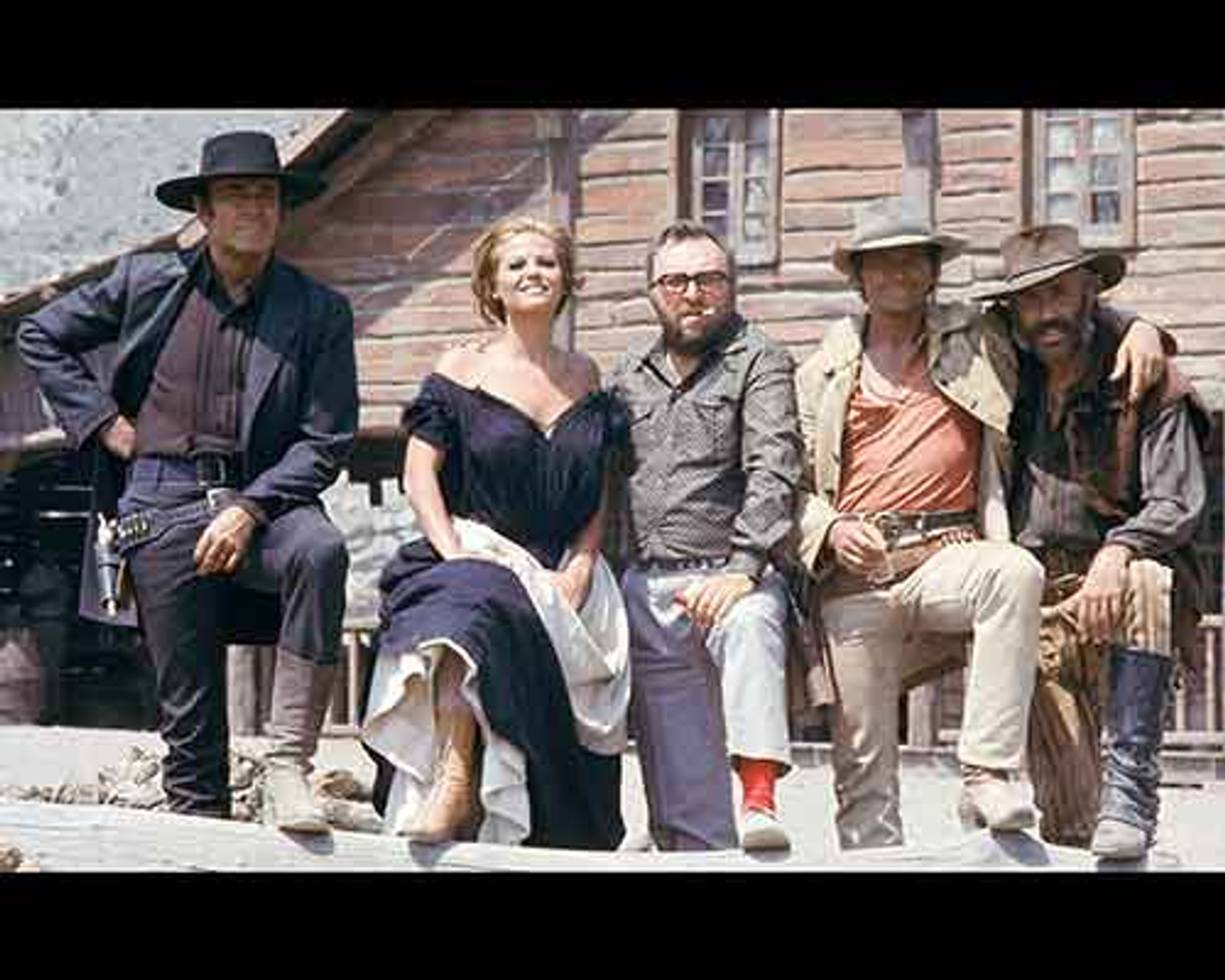
As the film unfolds, the characters’ motives are slowly revealed, and the narrative weaves together themes of justice, vengeance, and the tragic cost of progress. The struggle between the individual and the emerging forces of industrialization is highlighted as the railroad — symbolizing the encroaching modern world — becomes a crucial element in the conflict. What follows is a story of confrontation, survival, and ultimately, a reckoning in the face of inevitable change.
What to Expect?
Leone’s direction is nothing short of extraordinary. His ability to create tension through pacing and silence is one of the film’s greatest strengths. The long, lingering shots allow the viewer to immerse themselves in the vast, desolate landscapes of the American West, creating a mood of isolation and impending doom. The characters in Once Upon a Time in the West are defined not by their dialogue, but by their actions and the weight of their pasts.
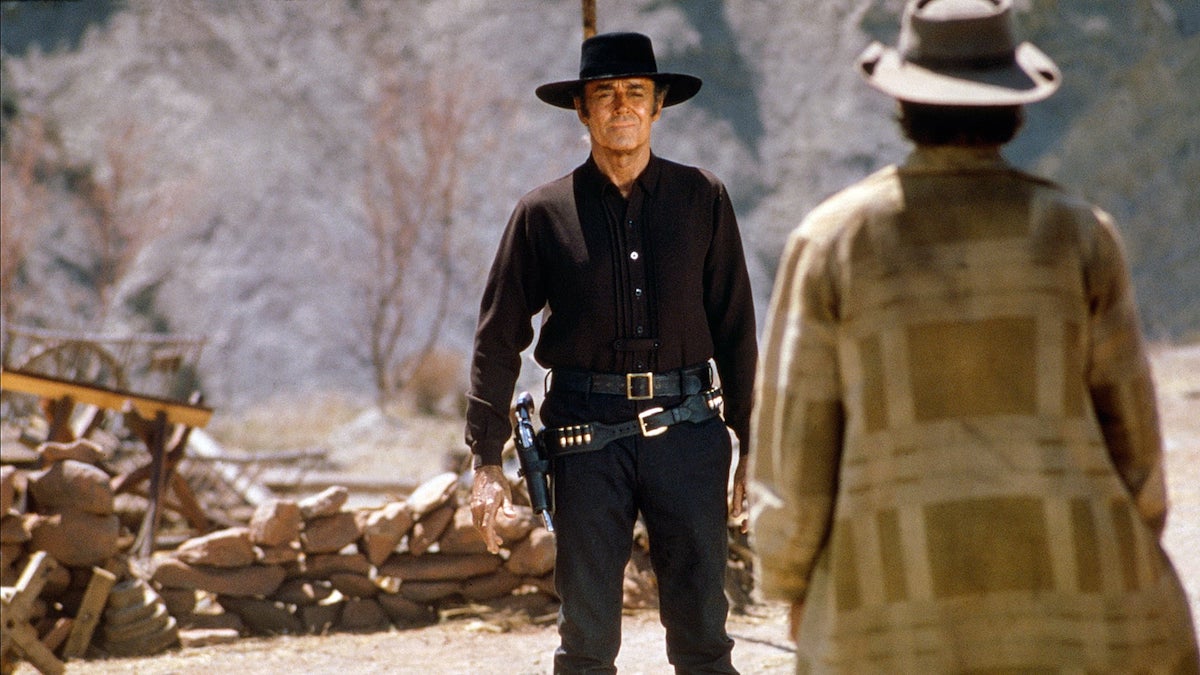
One of the film’s most striking features is its pacing, which contrasts quiet, contemplative moments with explosive bursts of violence. The film often lingers on characters’ faces for extended periods, allowing their emotions to unfold through subtle expressions rather than spoken words. This approach, combined with the stunning cinematography of Tonino Delli Colli, creates a film that feels like a visual symphony, where every shot is carefully constructed to elicit a powerful emotional response.
The performances are nothing short of iconic. Charles Bronson’s portrayal of Harmonica is one of the most memorable characters in western cinema. With his haunted eyes and a complex backstory that gradually unfolds, Harmonica is both a man of few words and a force of immense presence. Bronson brings a quiet, brooding intensity to the role, making Harmonica an enigmatic yet sympathetic figure whose quest for revenge is both tragic and justified.
Henry Fonda, traditionally known for playing good guys, takes on the role of Frank, the villain, with chilling results. His performance is cold, calculating, and utterly devoid of remorse, adding a layer of moral ambiguity to the story. Fonda’s ability to shift from the lovable hero to a heartless murderer makes Frank one of the most memorable antagonists in cinematic history.
Claudia Cardinale’s portrayal of Jill McBain provides a sharp contrast to the grim male characters. She brings warmth and strength to her role, adding a human element to a film that could otherwise feel emotionally distant. Jill’s evolution from a vulnerable widow to a woman in control of her own destiny is both empowering and poignant.
Related Movies:
